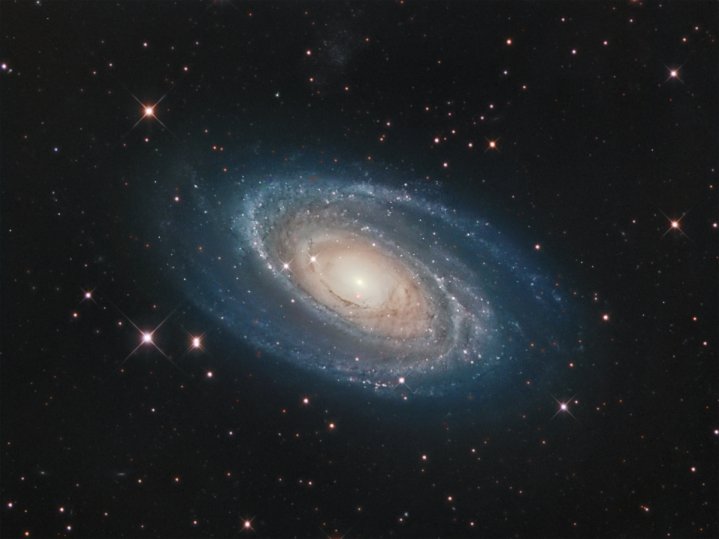
We are not the only living beings in the universe and neither is our galaxy the only one. The universe consists of an indefinite amount of galaxies, the number of which, over the last 20 years, scientists have estimated to be around 100 to 200 billion. Now, in a first of its kind discovery, astronomers have detected a close encounter between two hyper-luminous starburst galaxies in the early universe. The galaxies in question are astoundingly bright and spectacularly massive, said the scientists.
"Finding just one hyper-luminous starburst galaxy is remarkable in itself. Finding two of these rare galaxies in such close proximity is truly astounding," said Dominik Riechers, an astronomer at Cornell University in Ithaca, New York and the lead author of the study, which has been published in the Astrophysical Journal.
Astronomers managed to capture these two interacting galaxies, collectively called ADFS-27, when they began the gradual process of uniting into a single and massive elliptical galaxy. The system apparently consists of approximately 50 times the amount of star-forming gas as the Milky Way, informed the study.
"Much of this gas will be converted into new stars very quickly. Our current observations indicate that these two galaxies are indeed producing stars at a breakneck pace, about one thousand times faster than our home galaxy," said Riechers, reported National Radio Astronomy Observatory.
The galaxy pair ADFS-27 has been located at approximately 12.7 billion light-years away from our planet in the direction of the Dorado constellation. At this distance, astronomers viewed this system, which had appeared when the universe was only about one billion years old, stated the study.
"Considering their extreme distance from Earth and the frenetic star-forming activity inside each, it's possible we may be witnessing the most intense galaxy merger known to date," Riechers said.
As per the astronomers, this merger might eventually create the core of an entire galaxy cluster. Galaxy clusters are one of the most massive structures in the universe.
This system was first detected by the European Space Agency's Herschel Space Observatory. It appeared as a single red dot in the telescope's survey of the southern sky. These initial observations suggested that the apparently faint object was indeed both tremendously bright and distant.
Later, in the follow-up observations, the Atacama Pathfinder EXperiment (APEX) telescope confirmed the initial interpretations. Finally, the Atacama Large Millimeter/submillimeter Array (ALMA) observatory in Chile precisely measured the distance of this system with its higher resolution and greater sensitivity and revealed the fact that it was in fact not one but two distinct galaxies.
Also Read: What's not right with Stephen Hawking's 1966 thesis about galaxies?
The pairing of otherwise phenomenally rare galaxies suggests that they reside within a particularly dense region of the universe at that period in its history, said the astronomers.









